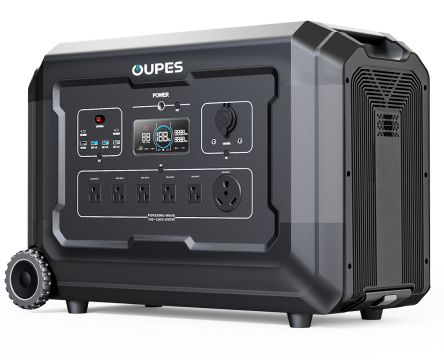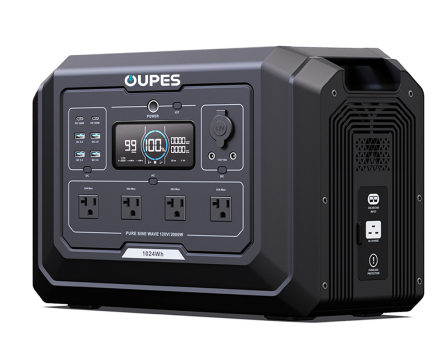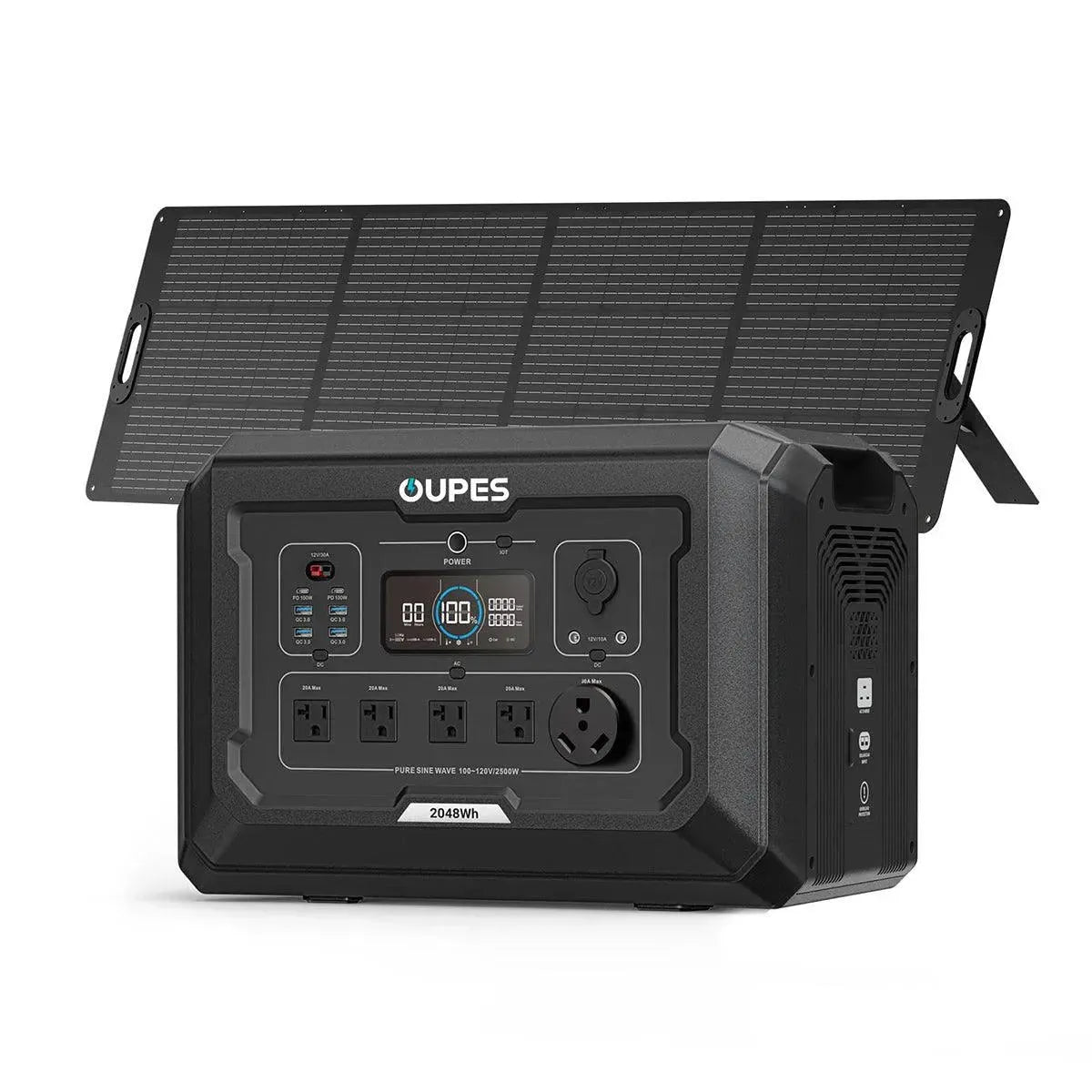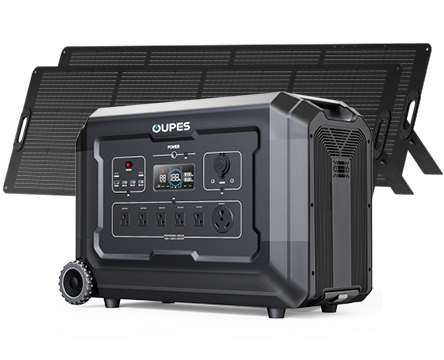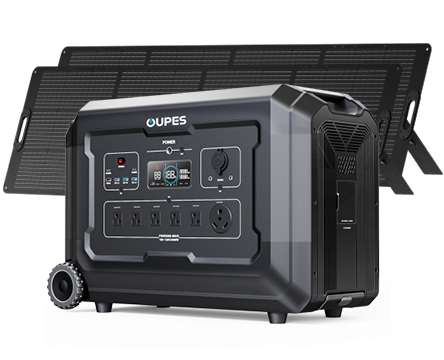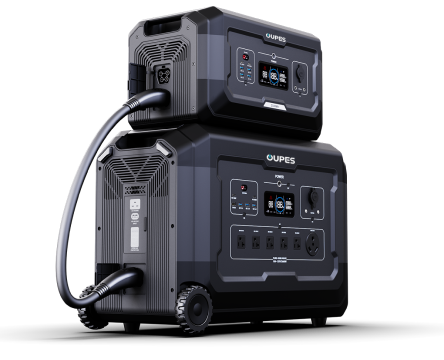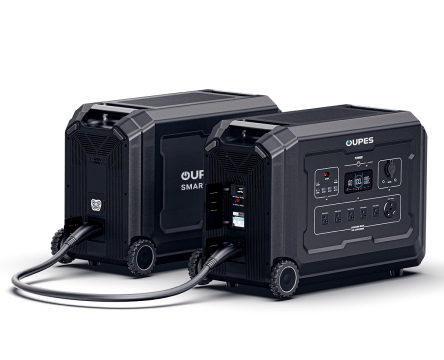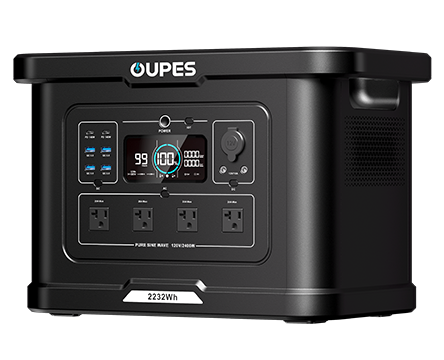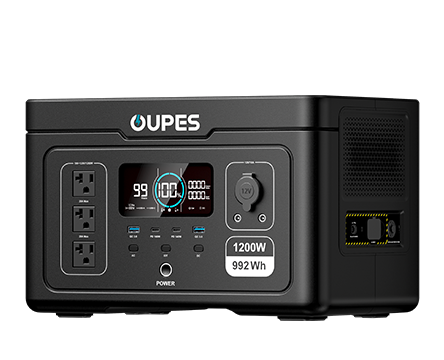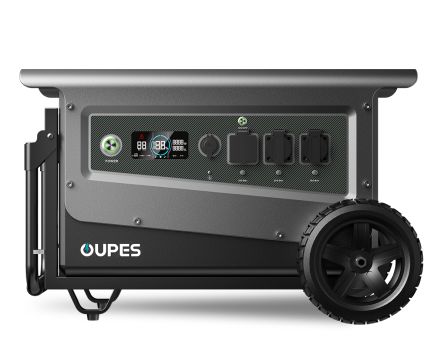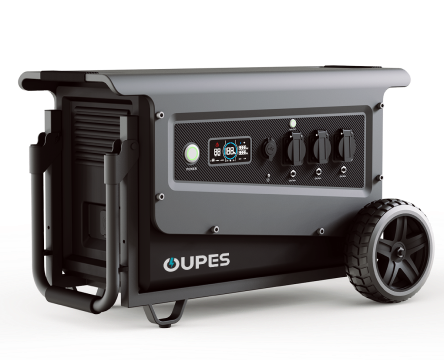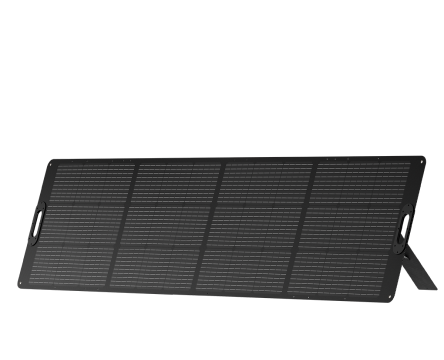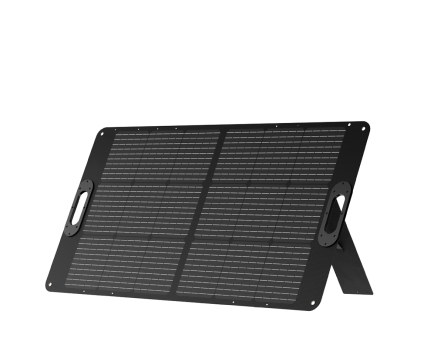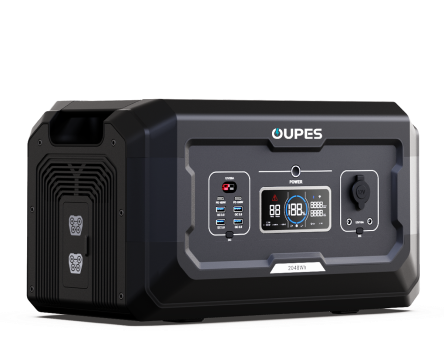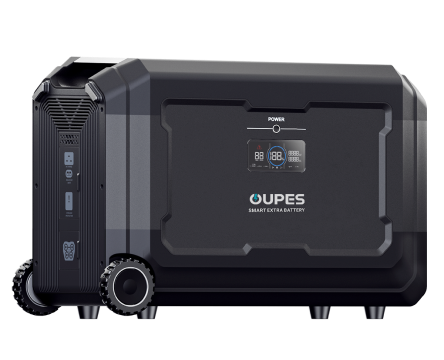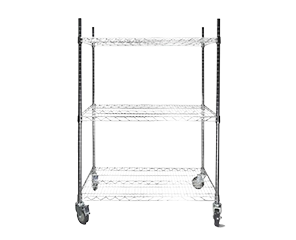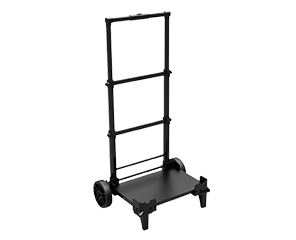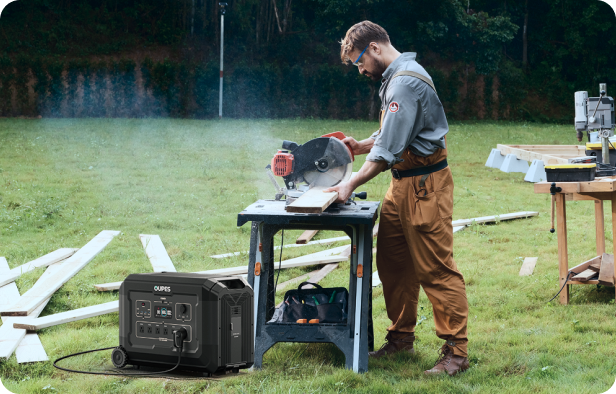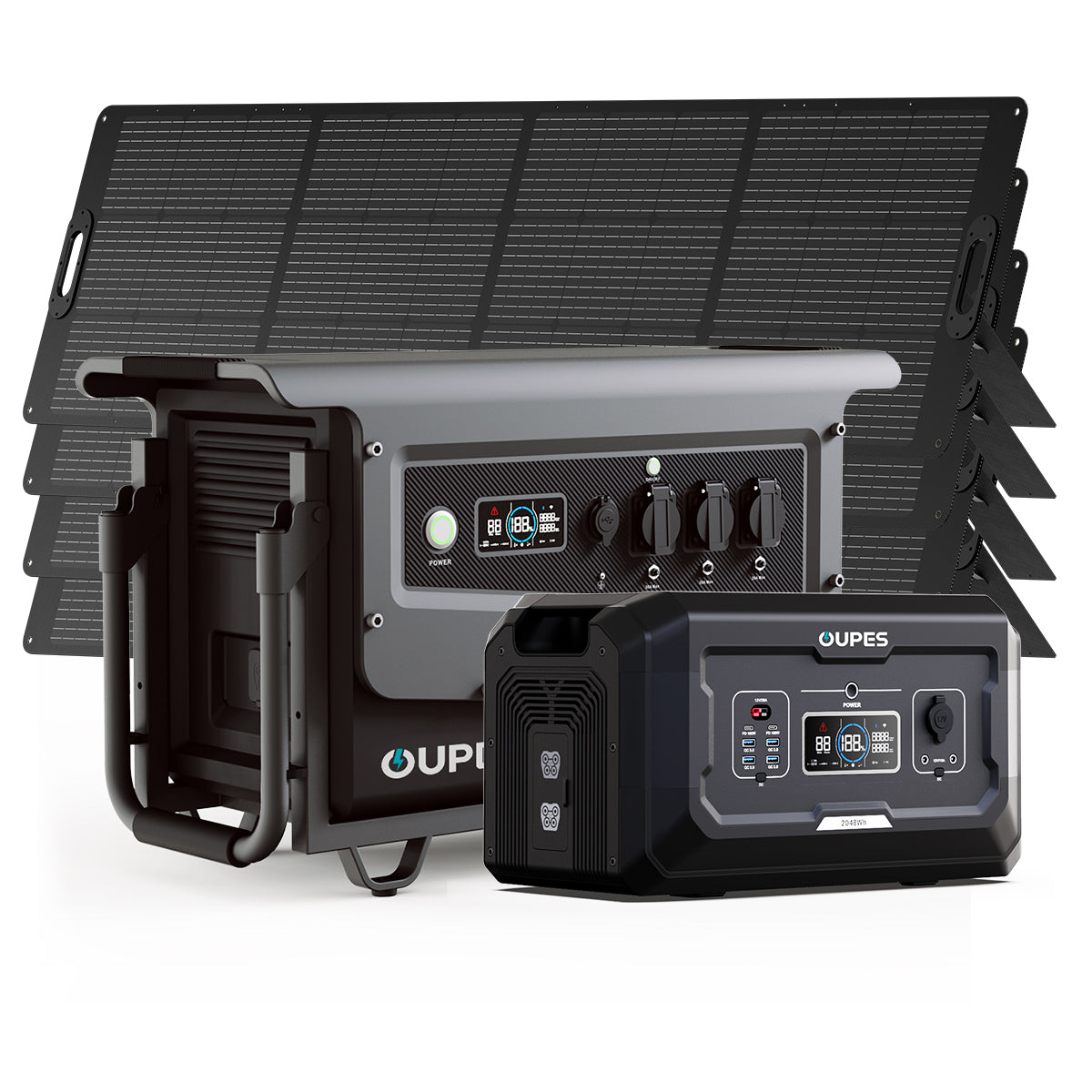
When the lights go out or you head off the grid, having access to portable power can make all the difference. Whether you’re camping, tailgating, preparing for storms, or powering essential appliances during an outage, two common options stand out: portable power stations and portable generators. But which is the better choice?
Each type of device has its strengths, weaknesses, and ideal use cases. Understanding how they differ—beyond just fuel type or noise level—can help you make the smartest investment for your specific power needs. In this article, we’ll break down how portable power stations compare with portable generators in terms of performance, convenience, cost, and sustainability.
Power Output and Capabilities
When it comes to raw power output, portable generators often take the lead. Gasoline, propane, or dual-fuel generators can provide thousands of watts of continuous power, enough to run high-demand appliances like refrigerators, air conditioners, sump pumps, or even multiple power tools at once. This makes them ideal for home backup during extended blackouts or heavy-duty applications on job sites.
Portable power stations, on the other hand, typically offer lower power output. They run on stored electricity using built-in lithium-ion or LiFePO4 batteries, with capacities ranging from around 200Wh to over 5000Wh. While some high-end models can power large appliances, most are designed for light to moderate loads such as smartphones, laptops, lights, fans, CPAP machines, and small kitchen appliances.
It’s essential to understand your wattage requirements before choosing between the two. If your priority is running power-hungry devices continuously, a gas-powered portable generator may be more practical. However, if you only need to charge electronics or run low-wattage devices intermittently, a portable power station offers a clean and quiet alternative.
Also consider runtime. Portable generators can run as long as you have fuel. In contrast, portable power stations are limited by battery capacity and will need to be recharged through solar panels, wall outlets, or car chargers—something that might take several hours depending on the size of the battery and the charging source.
Portability, Noise, and Convenience
Portability is a key factor for many users, and both types of units aim to be transport-friendly—but in very different ways. Portable generators, especially those with high wattage, tend to be bulky, heavy, and often come with wheels and handles for easier movement. They require space for ventilation and safe fuel storage, which may limit where you can use them safely and effectively.
Portable power stations, by contrast, are significantly more compact and easier to carry. Most are enclosed in sleek, lightweight designs that can be lifted with one hand, making them ideal for camping trips, van life, or quick deployment during emergencies. There’s no need to worry about gas storage, fumes, or pull-start mechanisms. You just push a button to turn them on.
One of the biggest differentiators is noise. Portable generators, regardless of how efficient or “quiet” they claim to be, still produce a consistent hum and engine noise during operation. This can be disruptive at campsites or residential areas. On the other hand, portable power stations are completely silent. Their battery-powered operation means no noise, no fumes, and no vibrations, which adds a layer of comfort and safety for indoor use.
Additionally, portable power stations require virtually no maintenance. There's no engine oil to change, no spark plugs, no fuel filters. Portable generators require regular upkeep to ensure optimal performance—especially if stored for long periods. This added layer of maintenance may be a deterrent for users seeking low-hassle solutions.
Environmental Impact and Fuel Considerations
In the conversation about clean energy and sustainability, portable power stations clearly come out ahead. Since they rely on rechargeable batteries, especially when paired with solar panels, they offer an eco-friendly solution to power generation. They emit no greenhouse gases, produce no noise pollution, and don't contribute to air quality issues—making them an excellent choice for environmentally conscious consumers.
Portable generators, meanwhile, run on fossil fuels. Even with efficient engines and emissions regulations, they release carbon monoxide and other pollutants during operation. This not only impacts the environment but also poses serious health risks when used improperly, especially in enclosed or poorly ventilated areas. Safety warnings for generator use are clear: never run one indoors, and always keep it away from windows and doors.
Fuel storage and accessibility are additional concerns. Gas and propane require proper containers, can degrade over time, and may be difficult to acquire during emergencies or disasters. In contrast, a solar-compatible power station allows you to recharge from the sun, offering independence from the fuel supply chain and lowering long-term operating costs.
From a long-term sustainability and convenience standpoint, portable power stations are increasingly attractive. As battery technology improves and solar panels become more affordable and efficient, more people are turning to these clean power solutions as reliable alternatives to gas generators.
Cost and Value Over Time
At first glance, portable generators might seem like the better deal in terms of upfront cost. You can often find a gas generator with 3000–5000 watts of output for less than the cost of a high-capacity power station. This makes generators appealing for budget-conscious buyers needing lots of power quickly.
However, the long-term value calculation tells a different story. Portable generators incur ongoing expenses for fuel, oil changes, maintenance, and potential repairs. These operational costs add up over time, especially if the generator is used frequently. In addition, you'll need to store flammable fuel safely, which may require additional equipment or risk mitigation strategies.
Portable power stations come with a higher initial investment, especially for large-capacity models. But because they require little to no maintenance and offer free recharging through solar power, their long-term cost of ownership is significantly lower. Many units also come with extended warranties and are rated for thousands of charge cycles, ensuring years of reliable performance.
There’s also value in peace of mind. For users who value simplicity, safety, and environmental consciousness, the convenience and reliability of a power station may outweigh its higher upfront price. And as technology advances and prices continue to fall, the value proposition of battery-powered solutions will only improve.
Best Use Cases: Who Should Choose What?
The choice between a portable power station and a portable generator depends largely on your lifestyle, environment, and specific power needs. Understanding where each device shines will help you make the most informed decision.
If you need backup power for your home: A gas-powered generator might be the better option—especially if you live in an area prone to long outages and need to run large appliances like sump pumps, heaters, or air conditioners. The continuous power output and extended runtime are major advantages during emergencies.
If you prioritize quiet, clean energy: A portable power station is your best bet. Perfect for apartments, condos, or campsites where noise and emissions are a concern, it delivers reliable power without disturbing your surroundings. It’s also a safer option for indoor use.
For outdoor recreation: Campers, vanlifers, and digital nomads tend to favor portable power stations for their portability, solar compatibility, and low maintenance. Charging your gear in the wild without dealing with noise or fuel is a game-changer.
For job sites or heavy-duty use: A portable generator with a high wattage rating will be more suitable. Tools like compressors, saws, or welders often require sustained high power that exceeds what most battery stations can provide. That said, hybrid solutions are also emerging—combining both types of devices for optimal performance.
In essence, there is no one-size-fits-all answer. Consider your power demands, usage frequency, and operating environment. Each option serves its purpose, and the best choice is the one that aligns most closely with your specific needs.
Conclusion
Choosing between a portable power station and a portable generator isn't just about cost or capacity—it’s about how you plan to use it, what conveniences you value, and how important sustainability is to you. Portable generators still reign supreme in high-demand, long-runtime scenarios, especially where fuel is easy to access and ventilation isn’t an issue.
However, portable power stations are rapidly gaining ground thanks to advancements in battery technology, solar integration, and eco-friendly appeal. They offer a cleaner, quieter, and increasingly powerful solution for a growing number of users—from urban dwellers to off-grid adventurers.
Ultimately, the best choice depends on your specific lifestyle. If you crave convenience, sustainability, and low maintenance, go for a portable power station. If raw power and extended runtime are non-negotiable, a traditional generator may be the better fit. Either way, having reliable portable power gives you freedom, security, and peace of mind—wherever you are.


